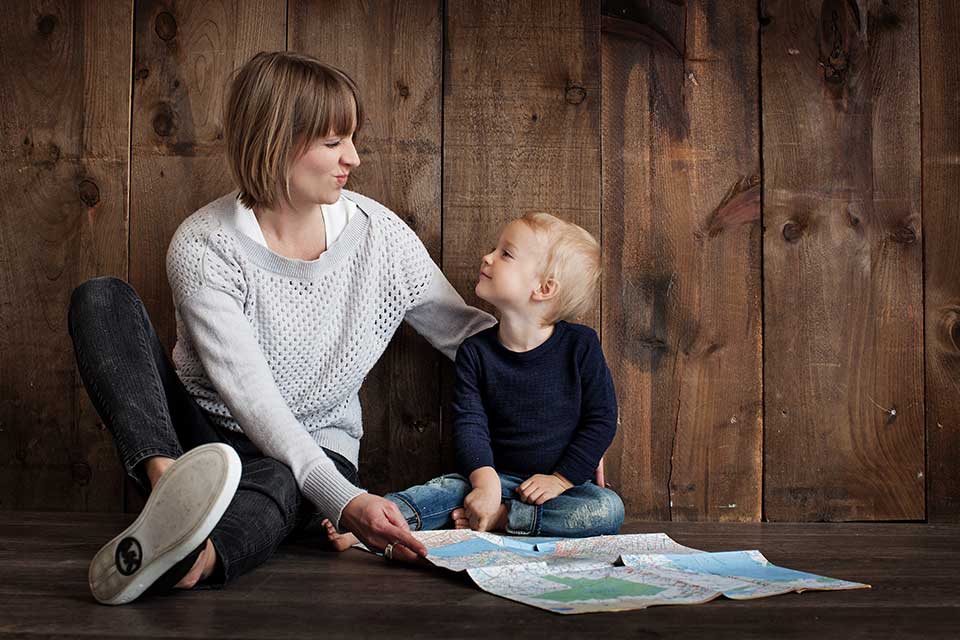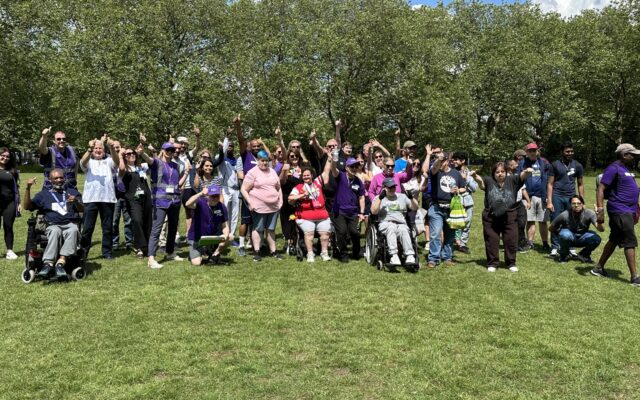
We want to keep our children
MacLeod AM, Smart C, Keohane P, Dallos R, Cox KJ. “We’re entitled to be parents just like normal people”: a multiperspective interpretative phenomenological analysis of a mother with a learning disability’s experience of parenting following the removal of her older children. British Journal of Learning Disabilities. 9 May 2022.
Only 7% of adults with learning disabilities in England become parents, and more than half of them have their children permanently removed.
As the statistics in this study highlight, opportunities to parent for learning-disabled adults are filled with historical and current conflicts.
The balance between freedom of choice and meeting the needs of the child evokes challenges for the professional team who work within a system that is risk averse.
The authors of this study noted previous research that identified known success factors which offer support for the learning-disabled parent.
However, research is scarce on what happens when a learning-disabled adult tries to become a parent again after having had a child or children forcibly removed from their care.
Authors led a study that applied a multiperspective interpretative phenomenological analysis – a qualitative approach that aims to understand lived experiences.
The research reviewed a series of semistructured interviews with the learning-disabled parent as well as the professionals who supported her parenting.
The parent, named in the research only as Melissa, chose professionals who had previous relationships with her spanning a period of 2-10 years. She had had three children previously removed and was now parenting a fourth child, who was three years old.
The analysis aimed to make sense of the experience for both Melissa and the key professionals involved.
Identified themes highlighted the importance of a close relationship with the professionals, as named by Melissa, who championed her process. This was echoed by the professionals, who acknowledged their roles in enabling Melissa’s success as a parent.
A key finding of this study was the importance of connection between them, which was defined as “understanding at an emotional level, empathy, and acceptance within the security of a relationship”.
These crucial components had a significant impact on Melissa’s belief she could parent successfully. She experienced positive attachment with one professional in particular.
These findings have significant implications for supporting family life for the learning-disabled community with a hope of pursuing further larger studies of its kind.
Parents in the child protection system
Stefánsdóttir S, Björg Sigurjónsdóttir H, Rice J. Weapons and tactics: a story of parents with learning disabilities maintaining family integrity. British Journal of Learning Disabilities. 24 June 2022.
Set in Iceland, this case study shares the story of a learning-disabled couple who developed tools to be able to parent their children and manage complex relationships with the professionals who monitored them and had concerns about their parenting.
As the rights of learning-disabled people continue to be acknowledged, there are more opportunities for them to become parents. At the same time, this leads to child protection services considering their competency in this.
The case study, spanning a decade, covers the intimate story of Anna and Tomas (pseudonyms) who, by the time of writing up the research, were parenting their fourth child. Both were keen to share their story in the hope it would highlight opportunities for systemic change.
While the findings focus on the “weapons and tactics” (language chosen by the couple) Anna and Tomas developed to keep social services at bay, the pair also highlighted their experiences as children and damaging relationships with professional services. This resulted in feelings of distrust.
Their past experiences gave the couple insight when managing the continuous assessments placed on them
These experiences gave the couple insight when managing the continuous assessments placed on them even before they had their first child.
Building a circle of allies around them was one of the tactics the parents used that helped them throughout their years of parenting. This included supportive family members and, later, trusted professionals and disability advocates.
Learning to work within the child protection system, Anna and Tomas learnt “to demonstrate their strengths while addressing their limitations”.
Some precautions were needed to support the long-term goal of managing all their children’s needs, especially during the pandemic (for example, a family member cared for the older children for a few days while the couple concentrated on the baby).
While this case study highlights the success of Anna and Tomas, it also identifies the long-term stresses and anxieties they experienced as marginalised parents.
The mix of support by both family members and advocates enabled a success story and offers insights for other families, professionals and the wider community.





